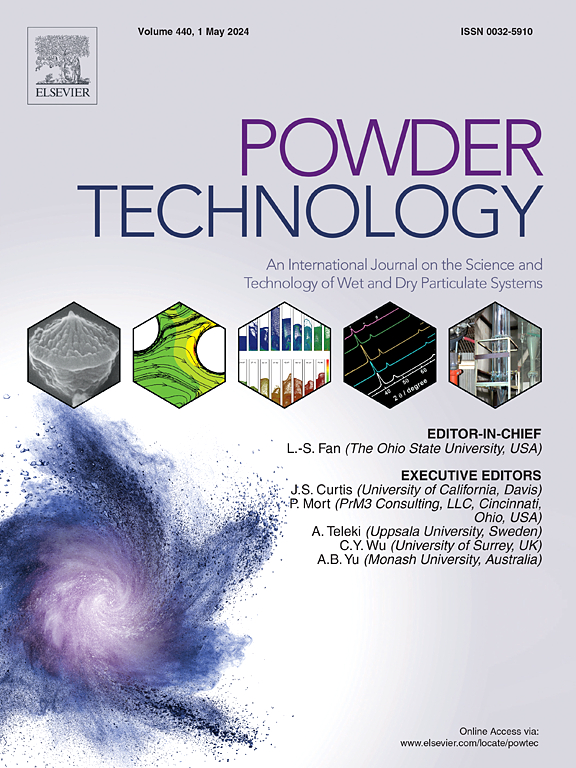Investigation of the effective diffusion coefficient of nitrogen gas using high-resolution 3D X-ray computed tomography images of nuclear-grade graphite IG-110
IF 4.5
2区 工程技术
Q2 ENGINEERING, CHEMICAL
引用次数: 0
Abstract
Nuclear-grade graphite IG-110, an isotropic fine-grained solid material, is widely studied for its applications in high-temperature gas-cooled reactors (HTGRs). Gas diffusion is a crucial parameter in understanding mass transport phenomena in nuclear graphite during the dehumidification and operational processes of HTGRs. Despite the importance of gas diffusion modeling, limited numerical frameworks have been developed to predict diffusion coefficients within the microstructure of nuclear-grade graphite. In this study, geometric models of nuclear graphite were obtained using X-ray computed tomography, and the dimensionless diffusivity of nitrogen was calculated using the lattice Boltzmann method (LBM) and electrical conduction simulations. The computational model was validated against experimental data, showing a close alignment between the numerical approach and the experimental results. Additionally, the experiment found that gas diffusion within nuclear graphite logically decreases with increasing gas pressure and remains unaffected by confining pressure. These theoretical findings are useful for understanding water transport in nuclear graphite during the dehumidification process.

求助全文
约1分钟内获得全文
求助全文
来源期刊

Powder Technology
工程技术-工程:化工
CiteScore
9.90
自引率
15.40%
发文量
1047
审稿时长
46 days
期刊介绍:
Powder Technology is an International Journal on the Science and Technology of Wet and Dry Particulate Systems. Powder Technology publishes papers on all aspects of the formation of particles and their characterisation and on the study of systems containing particulate solids. No limitation is imposed on the size of the particles, which may range from nanometre scale, as in pigments or aerosols, to that of mined or quarried materials. The following list of topics is not intended to be comprehensive, but rather to indicate typical subjects which fall within the scope of the journal's interests:
Formation and synthesis of particles by precipitation and other methods.
Modification of particles by agglomeration, coating, comminution and attrition.
Characterisation of the size, shape, surface area, pore structure and strength of particles and agglomerates (including the origins and effects of inter particle forces).
Packing, failure, flow and permeability of assemblies of particles.
Particle-particle interactions and suspension rheology.
Handling and processing operations such as slurry flow, fluidization, pneumatic conveying.
Interactions between particles and their environment, including delivery of particulate products to the body.
Applications of particle technology in production of pharmaceuticals, chemicals, foods, pigments, structural, and functional materials and in environmental and energy related matters.
For materials-oriented contributions we are looking for articles revealing the effect of particle/powder characteristics (size, morphology and composition, in that order) on material performance or functionality and, ideally, comparison to any industrial standard.
 求助内容:
求助内容: 应助结果提醒方式:
应助结果提醒方式:


